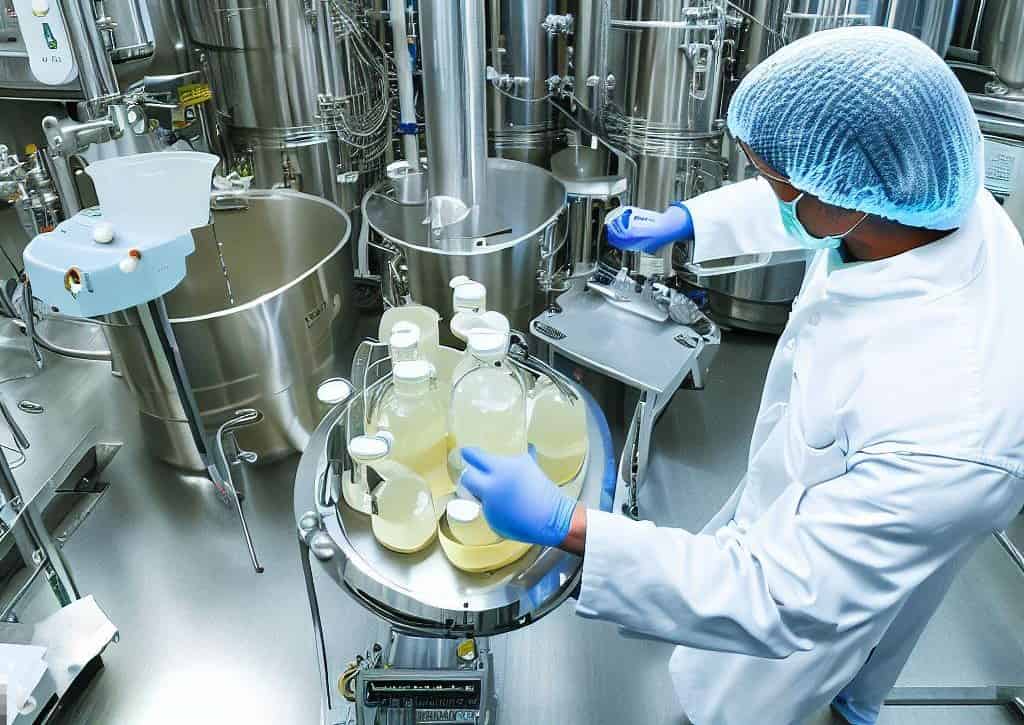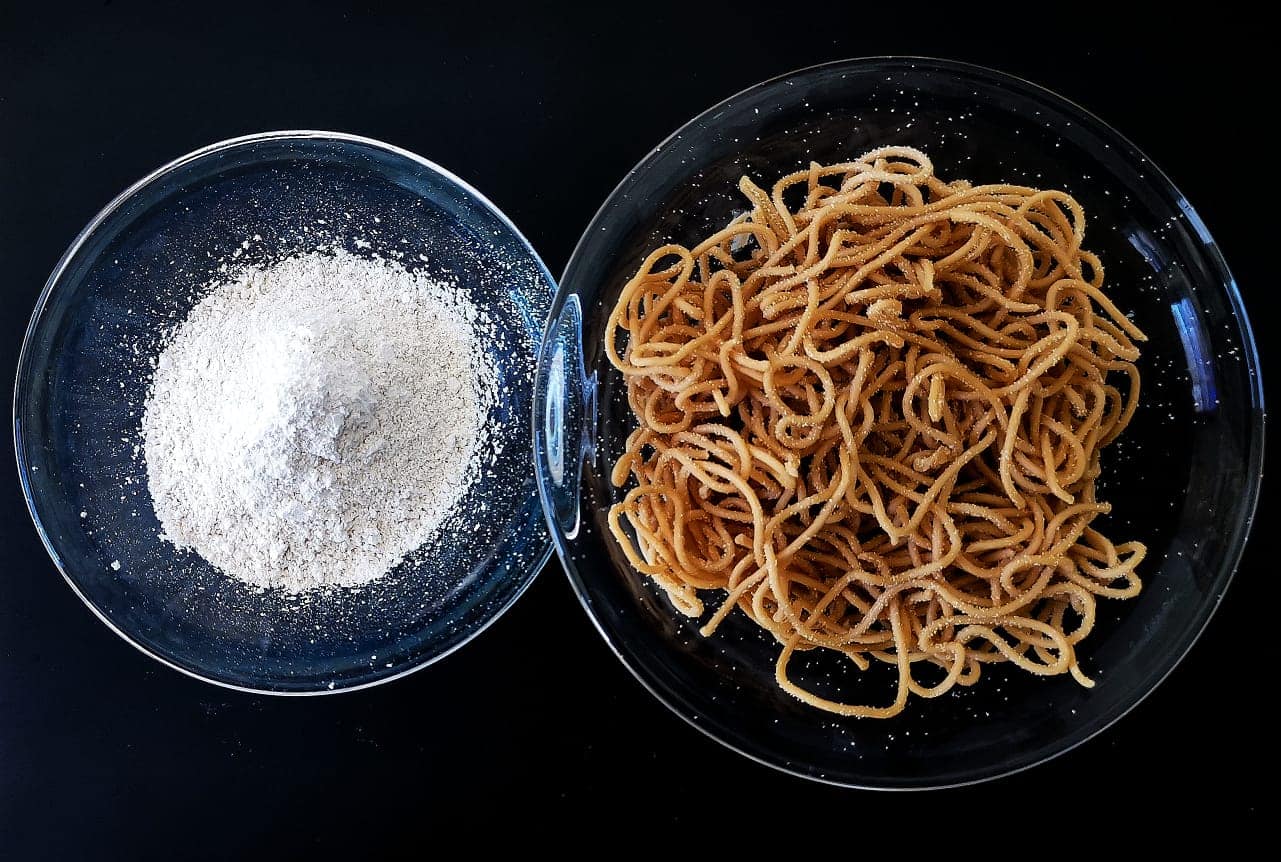
In the quest for more sustainable ways to produce food, bacteria represent an exciting option. Although it may seem new to many, bacteria are behind many foods we consume daily, such as yogurt, bread, or beer. Moreover, through precision fermentation, a groundbreaking technique combining precision biology and conventional fermentation, microbes can be manipulated to replicate animal and plant proteins, which could significantly reduce emissions and resource use.
- Bacteria can help produce more sustainable food.
- Precision fermentation engineers bacteria to produce specific molecules.
- Bacteria contained in yeasts and fungi also have high potential.
The future of our food systems could well be based on minute organisms that we can’t even see. Let’s have a look at some of the pioneering technologies and research that are harnessing the power of bacteria for sustainable food production.
A precision approach to fermentation
Precision fermentation is a futuristic technology that can revolutionize the way we produce food. It utilizes precision biology technologies, similar to those used in genetic engineering, in conjunction with traditional fermentation processes. This approach enables scientists to program microbes to produce specific molecules, including plant and animal proteins. The result? Foods with the same taste and texture as their traditional counterparts but made more sustainably.
One of the advantages of precision fermentation is that it allows for quicker scalability and utilization of local biomass sources. In fact, products that can be made through precision fermentation include milk protein, animal fats, collagen, honey, and even egg whites. The Every Company and Formo are two companies already using precision fermentation to produce egg proteins and cow-free cheese, respectively.
Unlocking the potential of red yeast
Meanwhile, researchers from Tallinn University of Technology have developed a computational model that predicts how red yeast, Rhodotorula toruloides, can convert biomass into food. The model, named ecRhtoGEM, uses protein concentrations to predict yeast metabolism, even in the absence of enzyme kinetic parameters.
Red yeast is a valuable resource because it naturally possesses genes that process hemicellulosic sugars, including xylose. This means it can convert waste and sugar mixtures into lipids and oils. The yeast also imparts antioxidant properties to products due to its carotenoid content. The ecRhtoGEM model, therefore, aids in designing novel yeast strains for the production of biofuels, biosurfactants, and other materials by introducing genes from other organisms through genetic modification.

Feasting on fungi
At the Swedish Centre for Resource Recovery, Neda Rousta has been studying the potential of edible filamentous fungi, such as Aspergillus oryzae, for food production. Her doctoral thesis reveals how these fungi could be cultivated to produce a sustainable, healthy, and tasty source of food, such as fungi burger patties.
Through her research, Rousta has demonstrated that when Aspergillus oryzae is cultivated on oat flour, it results in nutritious fungal biomass with improved nutrient content. Additionally, her work has shown the fungi’s ability to synthesise bioactive substances such as L-carnitine.
A deeper dive into microbial food production
The concept of microbial food production isn’t just limited to precision fermentation and fungi cultivation. There’s a whole host of research and initiatives being conducted around the world. For instance, a paper published in Nature Communications provides a comprehensive overview of the use of microbes to produce whole foods out of their biomass and as cell factories to make highly functional and nutritional ingredients.
From the production of omega-3 eicosapentaenoic acid through the metabolic engineering of Yarrowia lipolytica to the conversion of Escherichia coli to produce biomass carbon solely from CO2, the possibilities are vast and exciting. The paper also discusses how synthetic biology could be used to create engineered microbial cell factories for various applications.

